Description
This Guide introduces readers to attachment – the need that all babies have to know that someone will share their fears and joys. It uses the analogy of ‘Sabre Tooth Tigers & Teddy Bears’ to make the ideas that lie at the core of the attachment theory understandable for everyone.
The public often find insights into attachment to be compelling and sobering. They gain unexpected glimpses into their earlier lives, and the relevance for policy decisions quickly becomes obvious. People frequently ask, “How come no one tells us this stuff?” This guide is an attempt to tell more people about this stuff.
The guide is written in a style suited to both personal and professional interests. Parents will find the information in it as relevant to their lives as do nursery staff, childminders, health visitors, family support workers, teachers and many others who work in a professional capacity with children.
Written by developmental psychologist Dr Suzanne Zeedyk
Published: May 2020 (Second edition)
14 chapters
Includes suggested Further Reading
Available in print, audio, eBook and online

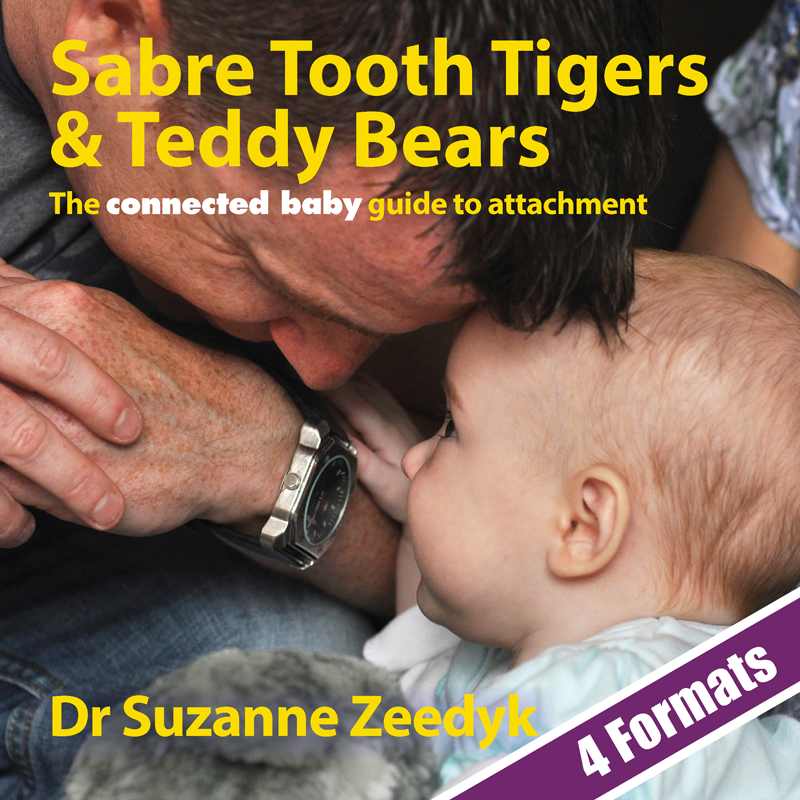
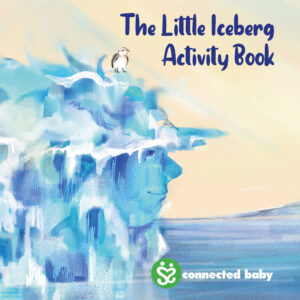
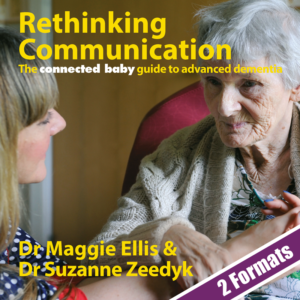
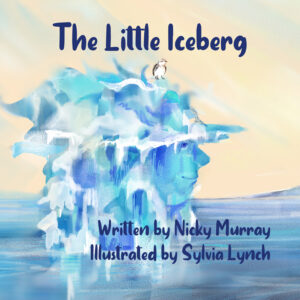
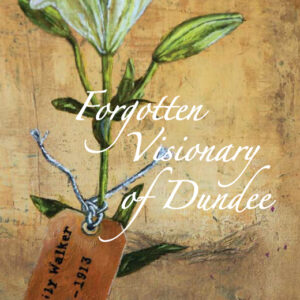
Kara Whelan –
Just finished listening to Sabre Tooth Tigers & Teddy Bears by the amazing Suzanne Zeedyk. I think this is POWERFUL. I love that Suzanne narrates it. Hearing it spoken helped me to really feel it. I found listening to it very engaging, and my attention was draw to both words and phrases that really jumped out. I found I then went back to the printed book to re-read certain sections.
Michelle Brennan-Jones –
A brilliant, life-changing book. I have followed Dr Suzanne Zeedyk’s work for over 10 years. She writes clearly and compassionately about what it means to be human. She explains complex, academic terms in a way that allows the reader to not only understand how relationships shape our biology, but empower us to reflect on how we can be the best version of ourselves. I thoroughly recommend those book to anyone who wants a deeper understanding of what makes us, us.
Anonymous –
A must for anyone curious about attachment theory. Packed with theory, insight and real life stories of attachment. Essential for understanding human relationships.
Jude –
At a time when what shapes us and what shapes society needs to be better understood this excellent audio takes on some of the traps we homo-sapiens unwittingly get ourselves into! For all its very accessible and applicable scholarly and scientific seriousness one might wonder at the title of Sabre Tooth Tigers & Teddy Bears! And yes, it is a book for children — written on their behalf — primarily offering solid and deeply informative grounding and guidelines for parents and for those who care for, and teach, and care about children, and, who want a better world for them. Particularly at this disorienting time of individual and collective uncertainty and trauma the more knowledge and understanding we have, which this audio give us, the better it is for children, for the child in all of us, and for the future.
David –
I read your book. I just had never before thought about the idea that, for a baby, every moment is a ‘wow moment’. That has just never occurred to me before.
Victor Andrew Bodiut, Amsterdam –
In familiar and playful language, the book describes human attachment – ‘the process through which relationships shape our biology’ by giving an overview of the evolutionary, neurobiological, and psychosocial perspectives at work that make attachment an absolutely vital component of every life. Through scientific evidence, Suzanne showcases that our interactions and relationships are literally crafting the anatomy and physiology of our brains from conception until death, and especially so in the first years of life. This crafting, on a platform of genetic background and environmental factors, will dictate how we develop and function using a fine-tuned balance of hormones and neurotransmitters (those little chemicals that keep our bodies and brains in balance). When the connection is not developed or lost and attachment becomes disturbed, when a child learns that the world is not a safe and warm space where emotional states are understood and responded to, this balance and the healthy development that comes with it are in danger.
The metaphor of a ‘sabre tooth tiger’ is brought forward to make the ‘childish’ and ‘unreasonable’ fear perceived by the baby when left alone more vivid and relatable to us, adults. When we understand that, way back in time, being abandoned meant being vulnerable and under threat of survival for a child, we begin to understand the meaning behind the crying for help and the importance of giving our baby a hug when we return after having left. At the same time, the notion of a ‘teddy bear’ is used to represent the concept of resilience, a feeling of internal comfort and safety that every child needs and deserves. When we understand that resilience only becomes embodied with enough repetition of happy, non-judgmental experiences in relationships with trusted others, we begin to understand that being there not only physically, but also emotionally, matters more than we could ever imagine.
Through the concept of Adverse Childhood Experiences, or ACEs, professionals and scientists have begun to understand the unprecedented importance of early life experiences on later life. Communities around the world have started to share and apply the science around ACEs. When the lack or loss of connection mentioned earlier is left unattended for long enough, it can turn into trauma. When trauma is left unattended for long enough, it can turn into a lifelong series of health problems and risky behavioral patterns. Besides sharing this evidence, Suzanne witfully shares real stories of real people whose lives have been changed by these insights. These stories, from the personal change of parents and survivors, to the professional change of teachers, nursery owners, lawyers, and policemen, speak louder than any scientific article.
If there is one tip to take away from this book and use at all times, it would be that the laughter flowing from positive and secure relationships has the power to build resilience, or as Suzanne puts it: ‘Sabre Tooth tigers are scared off by the sound of giggling’!
S Elliott, Early Years Officer –
This book informed me as a first time parent on so many levels and helped me understand why I felt so anxious and protective of my baby in her early days. It gave me confidence to challenge others when they advised me to put her down/stop carrying her as much. It gave me a sense of self.
It’s also informed me in work as an Early Years Officer, I’m even MORE empathetic on a deeper level when it comes to transitions and at times of separation for wee people. Do they see me as a sabre-toothed tiger when they are placed in my care for the 1st time?
And most importantly it’s helped me understand the driver behind my loved one’s behaviour and actions in times of stress, meaning I am more empathetic in all aspects of life. It all filters back to how we were raised. By mistake, it turned out to be a self- help book for me.